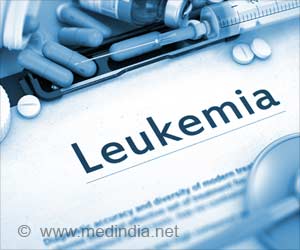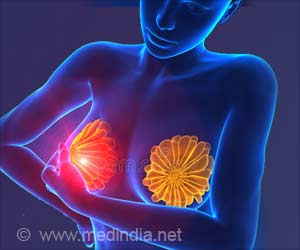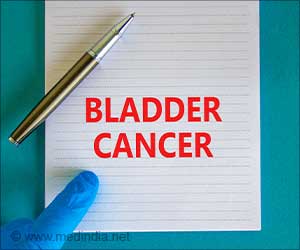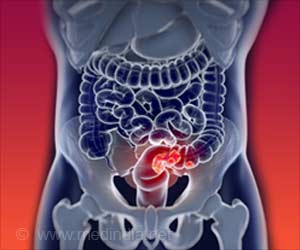Use of copper-cysteamine (Cu-Cy) nanoparticles shows promising results in more effective and targeted cancer treatments.
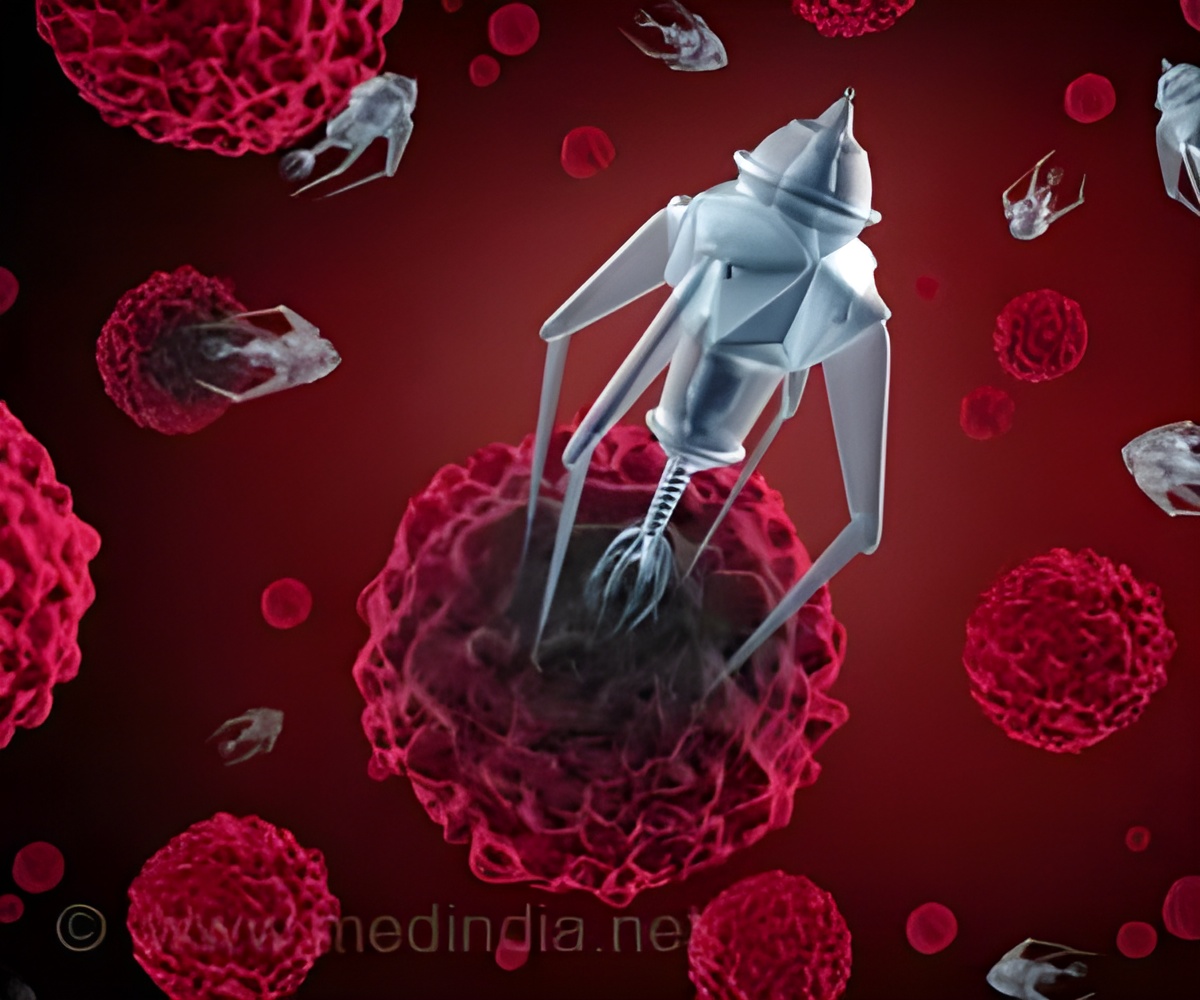
TOP INSIGHT
Copper-cysteamine (Cu-Cy) nanoparticles are unique among other nanoparticles as it can be activated by radiation, which can penetrate deeper and reach tumors throughout the body.
"Traditional nanoparticles used for photodynamic therapy can only be activated by light that is not highly penetrating, meaning we’re limited with how deep we can go to target tumors," said Chen, a UTA physics professor. "Cu-Cy is unique among other nanoparticles we’ve investigated because it can be activated by radiation, which can penetrate far deeper and reach tumors throughout the body."
The paper is the result of an ongoing collaboration between Chen and Michael Antosh, assistant professor of physics and medical physics program director at the University of Rhode Island.
"Building on Wei’s expertise in this important research area, my lab focused on the experiments testing the effect of the nanoparticles on tumor size after radiation therapy," Antosh said.
"With the help of expert analysis by Jing Wu, assistance professor of statistics at the University of Rhode Island, we have enough data to draw reliable conclusions for the first time that radiation and Cu-Cy nanoparticles act as an effective cancer treatment."
"We continue to pursue multiple combinations within photodynamic therapy," Chen said. "Each new discovery represents potential new avenues for treating cancer patients because we can leave their healthy cells virtually unaffected."
Proceedings of the National Academy of Sciences is the official journal of the National Academy of Sciences, the foremost authority in the U.S. on original research and impactful scientific discoveries.
"It is an honor to have our work highlighted in this important publication," Chen said. "This collaborative group has great synergy, and we are grateful that this is evidenced by the results of this study."
Alex Weiss, chair of UTA’s physics department, said Chen’s latest study demonstrates his commitment to discovering more effective cancer treatments.
"He reaches across disciplines and to other institutions in order to fortify his research and maximize impact," Weiss said. "We are grateful and proud to have Dr. Chen represent UTA in this important field of research on national and international scales."
This is the second paper Antosh, and Chen has written together, with several more expected to come. Chen is an official collaborator on a new grant Antosh has received to investigate the Cu-Cy particles further.
"The overall goal is to someday use these nanoparticles during radiation therapy in cancer patients," Antosh said. "The next step is to investigate some clinically important variables in order to adapt the methods from this pilot study to what happens in treatments in clinical settings."
Source-Eurekalert
 MEDINDIA
MEDINDIA
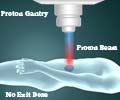



 Email
Email

